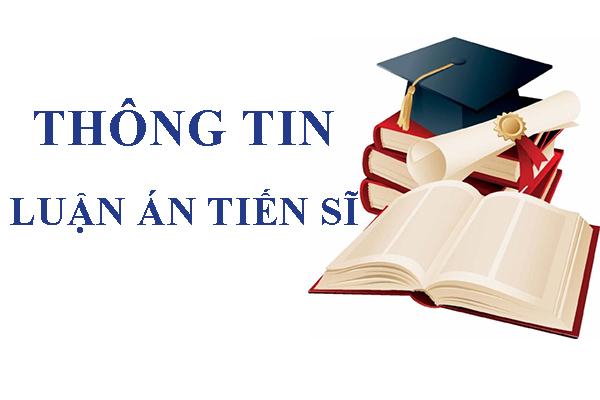Nghiên cứu sử dụng ấu trùng ruồi lính đen (Hermetia illucens) làm thức ăn cho cá chẽm (Lates calcarifer Bloch, 1790) tại Thừa Thiên Huế (Lưu ý: TÀI LIỆU NÀY CHƯA CÓ GIÁ TRỊ TRÍCH DẪN, BẢN LUẬN ÁN ĐANG ĐƯỢC TIẾP TỤC CẬP NHẬT VÀ THỰC HIỆN THEO QUY ĐỊNH ĐÀO TẠO TRÌNH ĐỘ TIẾN SĨ)
Chuyên ngành: Nuôi trồng thủy sản
Mã số: 9620301
Nghiên cứu sinh: Phạm Thị Phương Lan Khóa: 2020 – 2023
Cơ sở đào tạo: Trường Đại học Nông Lâm, Đại học Huế
Người hướng dẫn nghiên cứu sinh:
- PGS.TS. Nguyễn Duy Quỳnh Trâm
- GS.TS. Lê Đức Ngoan
NHỮNG ĐÓNG GÓP MỚI CỦA LUẬN ÁN
Đây là công trình nghiên cứu một cách hệ thống và cung cấp các thông tin về:
– Sử dụng các chất nền từ phụ phẩm hữu cơ, làm thức ăn cho ấu trùng ruồi lính đen như bã bia, bã đậu phụ, bã sắn và hỗn hợp của chúng; trong đó, bã đậu phụ phù hợp hơn cả;
– Phân tích thành phần hoá học, axit amin và axit béo của ấu trùng nuôi bằng bã đậu phụ; theo đó, hàm lượng protein thô của ấu trùng cao, dao động 54,3 – 58,7% đặc biệt hàm lượng lysine và methionine cao; hàm lương chất béo 18,8 – 24%, axit béo thiết yếu linoleic và alpha-linolenic cao và axit lauric thấp so với các công bố;
– Xác định tỷ lệ tiêu hoá các chất dinh dưỡng và axit amin thiết yếu của bột ấu trùng nguyên mỡ và tách mỡ khi nuôi cá chẽm giống;
– Ảnh hưởng của việc thay thế cá tạp bằng ấu trùng tươi và bột cá bằng bột khô trong khẩu phần ăn của cá chẽm giống nuôi trong nước ngọt và nước có độ mặn 10‰. Cá ăn ấu trùng tươi và khẩu phần chứa hơn 21,4% bột ấu trùng làm giảm năng suất và tỷ lệ sống.
——————————————————-
Topic: Study on using black soldier fly larvae (Hermetia illucens) as feed for Asian seabass (Lates calcarifer Bloch, 1790) in Thua Thien Hue province
Major: Aquaculture
Code: 9620301
PhD name: Pham Thi Phuong Lan Course: 2020 – 2023
Implementing Institution: University of Agric. and Forestry, Hue University
Supervisors:
- Associate Professor, Dr. Nguyen Duy Quynh Tram
- Professor, Dr. Le Duc Ngoan
new contributions of the thesis
This study was a fundamental research on:
– Finding appropriate substrates for feeding larvae such as brewers’ grains, tofu and cassava by-products, and/or their mixtures and indicating that tofu by-product was the most suitable substrate;
– Analyzing proximate composition, amino acid and fatty acids compositions of the larvaefed with tofu by-product; indicating high crude protein (54.3 – 58.7%), and rich in lysine and methionine, andcrude fat 18.8 – 24%, with highlinoleic acid and alpha-linolenic acid and low lauric acid as compared with previous studies;
– Determining digestibility and digestible concentration of proximate composition and essential amino acids of full-fat and defatted larvae meal in Asian seabass fingerlings;
– Finally, determining the effects totally replacement of trashfish by fresh larvae, and partly fishmeal protein by larvae meal protein in diets of seabass fingerlings raised in freshwater and water with salinity 10‰. Growth rate and performance of fish were negatively affected in fresh larvae diet, and in diets composed above 21.4% (as dry matter) larvae meal.
Chi tiết luận án xin vui lòng xem tại: https://drive.google.com/drive/folders/1R_UdI4XRSMhVXSZOSBClcFBSzAtWDcBm?usp=drive_link
Đưa tin: Hương Giang
Nguồn: HUAF









